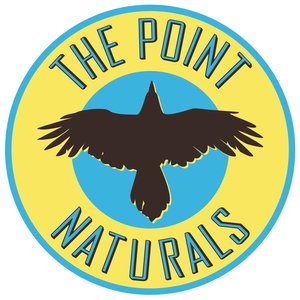The first time I attempted to make soap was thrilling! I was nervous (visions of sodium hydroxide - lye- burning me, the floor, my kitchen), and I was excited. I thoroughly researched soap making blogs and books, never really attempting to get the ingredients and get started. As it turned out, someone I met at the farm market dropped off boxes of books for me and in one box was my soap bible. Was it a message from the goddesses? You bet it was! So I began. Once I had my soaps out of the wooden molds, cut into bars and curing on the shelf I was hooked. I was like a first time parent. I would visit the soaps just to look at them several times a day. THEY WERE BEAUTIFUL!
For those of you who are curious about what is involved with soap making I thought I'd share a bit of a run down on the process. The method of soap making I use is called Cold Process. Cold Process soap making is the act of mixing fixed oils (common oils include Olive, Coconut and Palm) with an alkali (Sodium Hydroxide or Lye). The result is a chemical process called saponification, where the composition of the oils change with the help of the lye to create a bar of soap. One of the main benefits of cold process soap making is having complete control over ingredients. Depending on the ingredients you use, cold process soap making typically yields a long-lasting bar of soap. A downfall is that due to the chemical process, there are serious safety considerations to take into account. Plus, patience is a virtue as this process involves a 4-6 week curing time. One can use soaps before the curing time is up but it's worth the wait to get a longer lasting, harder soap.
Where I live in Ontario, our summers can often be quite humid. I make most of my soaps in the dry winter months but if I have to make batches of soap in the summer, I use a de-humidifier during the curing process to avoid sticky soaps. Even well cured soaps if left in a humid environment, will develop a slight sheen of oil. this in no way affects the sudsing abilities or effectiveness of the soap. It is beneficial to store your soap on a soap tray that allows the soap to drain and not sit in water, which will make the soap soft and reduce usage time.
One can play around with adding botanicals, clays, colours, layering and so on. I keep my soaps pretty simple. I don't care much for fussy soaps myself. I want a a luxurious lather with amazing essential oil scents that I can use on my face, body and hair. Around our house we get to use a wide variety of soaps fairly often as I keep all the odd shaped cut off pieces cut from the soap loaf. Why waste such gorgeous soap?!
I love soap making. If you have an inkling you would like to make your own soaps I encourage you to try. There are loads of books and blogs on the subject. And, if you don't have the time or patience, OF COURSE you can buy your soaps from me!
